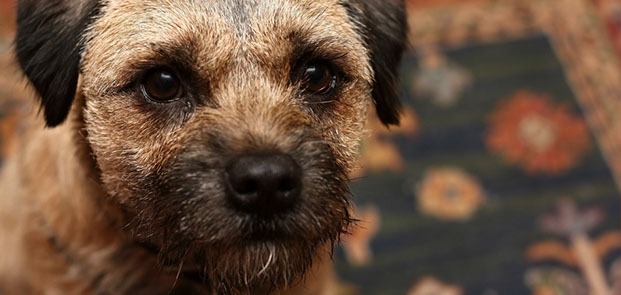Over 2,000 species of fleas exist! Of these species there are a few common types, all of which have nearly the same life cycle. In order to understand how to effectively eliminate an infestation, it is first important to understand a flea’s life cycle, what it needs to survive and where fleas can be found. Upon learning this crucial information you will be able to better treat an infestation or prevent one from developing.
An animal may pick up fleas when he or she comes in contact with another infested animal or an infested environment. Adult fleas live in the animal’s fur, where they feed on their host’s blood, mate and lay eggs (female fleas lay a few eggs per day and several hundred over the course of their lifetime). These eggs do not stay on the animal, but rather, they fall off and remain in the environment near the host animal until temperatures are suitable for them to develop in to larvae. This development often occurs during Spring or inside your home when the central heat has been turned on.
Flea eggs and larvae can be found both indoors and outdoors in carpeting, animal bedding, furniture, under porches, in dog houses, in cracks at wall-floor junctions, floor crevices and in other protected areas with high humidity where the infested animal may have been resting or playing.
Flea larvae feed on fecal pellets of dried blood that are excreted by adult fleas. These pellets of digested blood are excreted by the adults into the host’s hair where they eventually fall off into the environment. Due to the fact that the larvae depend on these fecal pellets for survival, they are unable to live in places that do not supply them with enough of these pellets. For example, flea larvae are unable to live in lawns or other outdoor areas unless the infested animal is present in these areas often enough to provide the larvae with a sufficient amount of food.
Once the larvae become adult fleas they leave their resting place and jump on to another animal to begin the cycle again. However, if a host is not present, adult fleas are able to live inside their cocoons for up to several months until they sense the presence of a host.
The complete life cycle of a flea from egg to adult can occur in as little as 12 days, allowing large infestations to occur in a very short period of time.
It is very important to treat both the infected animal as well as the environment when trying to exterminate an infestation. Without proper treatment to both the animal and the environment simultaneously, a flea infestation cannot be eliminated. Exterminating an infestation of fleas takes time, patience and planning. Along with treatment of both the animal and the environment, areas frequented by the infested animal must also be regularly cleaned and sanitized in order to minimize the amount of eggs and larvae that are present and prevent re-infestation.
Image by Sam Cockman



